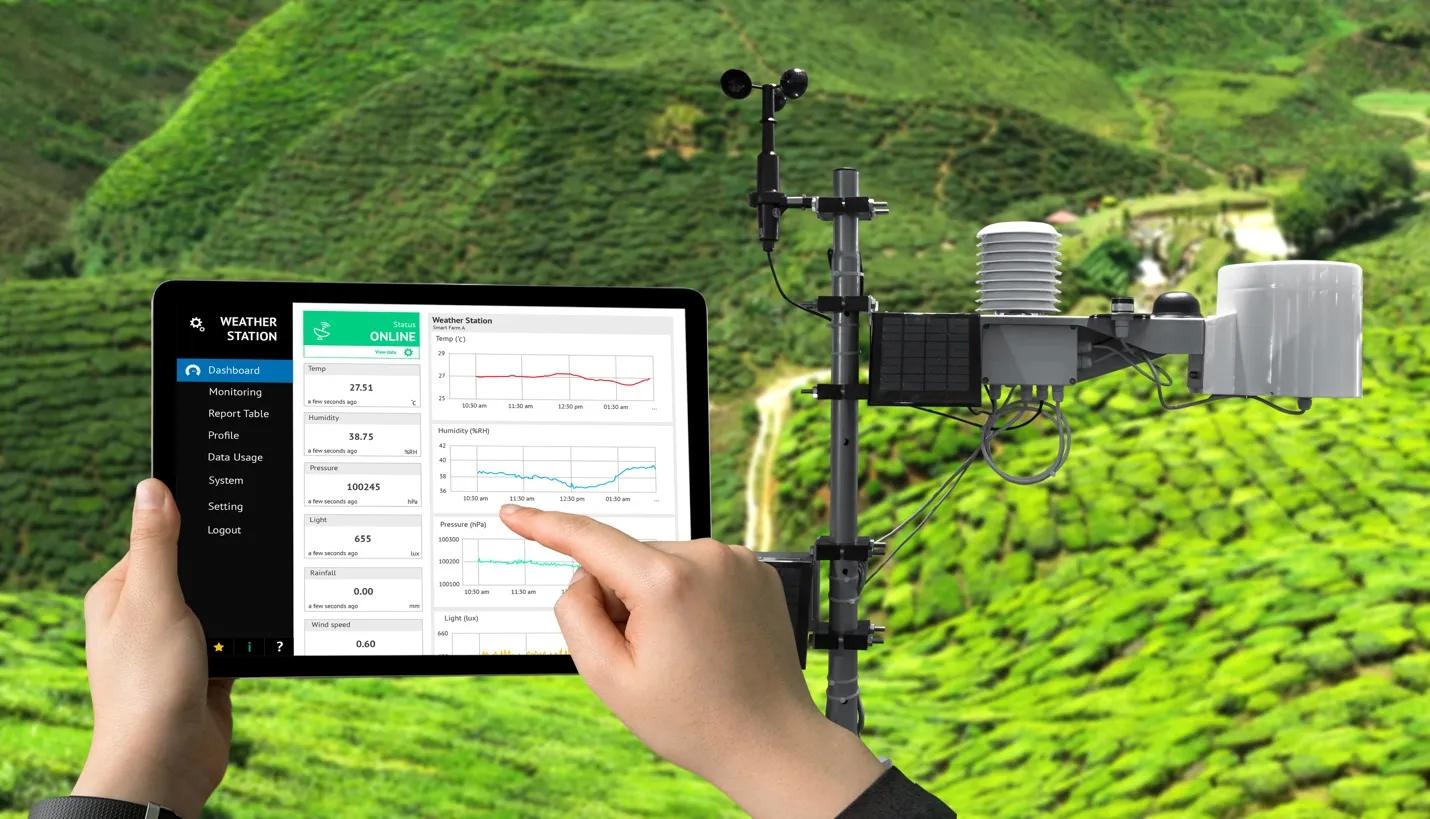Background monitoring

Background monitoring is a fundamental component of environmental control, which allows in-depth assessment of natural and anthropogenic impact on the state of the environment. This type of monitoring helps to identify the primary levels of pollution and assess their dynamics, which is extremely important for the formation of effective measures for nature protection and resource management
Background monitoring as a component of OS monitoring
Background monitoring is a key element of complex ecological monitoring of the environment. This type of monitoring aims to determine the level of pollution in regions that are least affected by anthropogenic impact, thereby establishing natural, or so-called "background" levels of pollutants. Such data are critical for assessing the impact of human activities on natural systems and for shaping environmental protection strategies.
Main tasks of baseline monitoring
- Obtaining data on the background level of pollutants, which helps to establish natural levels of pollutants in the environment that serve as a starting point for all subsequent measurements and comparisons.
- Background environmental monitoring aims to identify any changes in pollutant concentrations over time. This includes analysing trends that may indicate new sources of pollution or changes in existing sources.
- Comparison of current environmental conditions with background data to assess the actual level of pollution:Background data is used to compare and assess the current state of ecosystems in the study areas. This helps to determine the extent of anthropogenic or other external influences on natural conditions.
- The study of how changes in pollutant levels affect inanimate components of the environment (abiotic) and living organisms (biotic). This includes studying the effects of pollutants on soil, water, air, and diversity in ecosystems.
- Predicting changes in the state of the environment: Based on collected baseline monitoring data and trend analyses, predictions about the future state of ecosystems are developed.
Factors that influence the formation of background pollution of the environment
Background environmental pollution is formed under the influence of various factors, each of which contributes to changes in the quality of air, water and soil over vast areas. These factors can be divided into two main groups: natural and anthropogenic.
Natural sources of background pollution play a significant role in the formation of background pollution levels. Volcanic activity, for example, releases large amounts of sulphur and particulate matter into the atmosphere that can travel thousands of kilometres from the source. Dust storms, particularly frequent in arid and semi-arid regions, lift huge volumes of soil particles, further spreading them through the air.
Anthropogenic impact on the environment is also a significant factor in background pollution. Emissions from industrial plants, vehicles, and the burning of fossil fuels in power and heat plants all contribute to the long-term transport of pollutants over significant distances. These pollutants include not only chemicals such as nitrogen and sulphur oxides, but also heavy metals and organic compounds that can accumulate in the environment and gradually degrade its quality.
Interestingly, natural and anthropogenic sources often interact to amplify each other's effects. For example, natural dust storms can transport anthropogenic pollutants, increasing their distribution and impact. This interaction makes the task of environmental baseline monitoring particularly challenging, as it is necessary to accurately distinguish between sources and understand their synergistic effects.
Background monitoring methods
Direct background monitoring methods consist of a variety of techniques and tools that accurately measure pollution levels in close proximity to the data source. They include the use of both fixed and mobile monitoring stations that are equipped with sensors and analytical equipment to measure concentrations of chemical and biological substances in air, water and soil.
Fixed stations are often located in strategic locations to continuously monitor environmental quality and detect changes in pollution levels. They may include automated data collection systems that transmit real-time information for immediate analysis.
Mobile stations provide the flexibility to survey a variety of locations, including those that may experience temporary or seasonal changes in pollution levels. These devices are particularly useful for monitoring in natural disasters or in areas where fixed stations are not feasible.
Indirect methods of baseline environmental monitoring include the analysis of data collected from satellite images, aerial photography, and other forms of remote sensing. These methods make it possible to assess environmental conditions over large areas and analyse trends in ecosystem conditions without resorting to ground-based surveys.
Remote sensing is particularly effective for baseline monitoring of regions with inaccessible or hazardous conditions, allowing the measurement of parameters such as water surface temperature, vegetation density and the degree of soil erosion without direct contact with the study site.
Also included in indirect methods is the use of bioindicators - living organisms whose condition can reflect the level of environmental pollution. Analysing changes in the populations or health of these organisms helps to assess the impact of pollutants on natural ecosystems.
Additionally, background monitoring applies:
- Automated atmospheric air monitoring systems;
- Automated industrial emissions monitoring systems.
Conclusion
Background monitoring is an integral part of environmental surveillance, providing valuable data for assessing and managing the state of the natural environment. Through direct and indirect data collection methods, this type of monitoring helps to investigate and understand the natural background and anthropogenic impacts on the environment, contributing to the development of effective strategies for the protection and sustainable use of natural resources.
